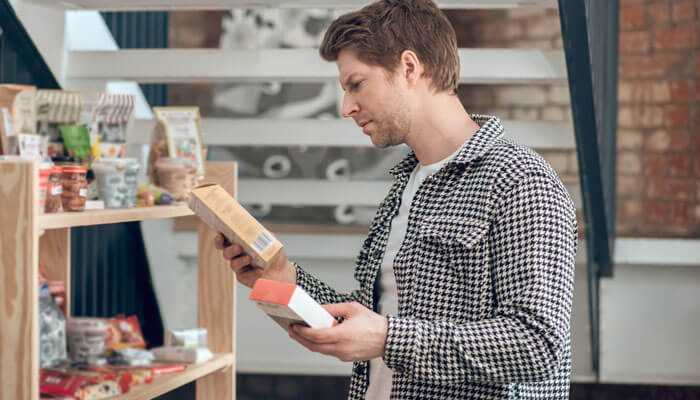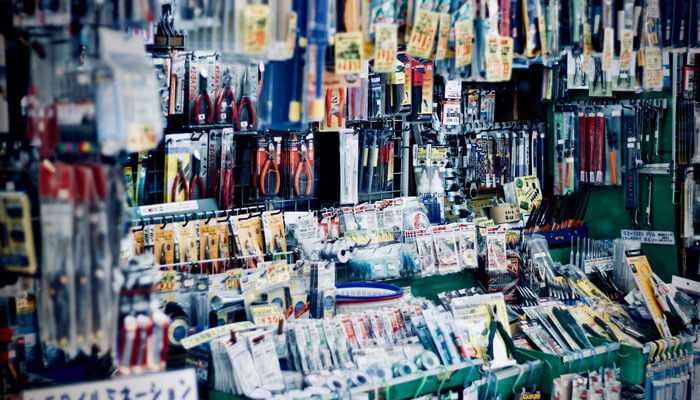Today, in a competitive marketplace, the package is so much more than just a package, acting as an influential marketing tool in the exacting feeling of consumer buying decisions. Printed packaging can invoke visual appeal and functionality, as well as emotional resonance to shape perceptions and drive purchases. In this paper, the various ways printed packaging affects the behavior of consumers are discussed, which enables one to identify several key elements of packaging that marketers should think about.
The Importance of First Impressions
First impressions are always important in retail and can be made in fractions of a second, as consumers have to make quick decisions. Normally, packaging in print is a consumer’s first interaction with a product, and brands need to create striking designs. It is said that packaging design influences about 72% of consumer purchasing decisions. Effective packaging can grab attention, raise awareness, and, ultimately, invite consumers to investigate a product in more depth. Learn more about Andex and discover how they specialize in crafting printed packaging solutions that help brands make powerful first impressions.
Design elements, typography, and imagery are crucial in building long-lasting first impressions through packaging. Classic examples include the use of bright colors to draw attention or beautiful fonts to suggest luxury. A well-designed package can thus lead to a very long-lasting memory associated with a product and will contribute to the loyalty a customer shows to a brand through repeating purchases of its goods.
Psychological Influences of Packaging
Packaging psychology is regarded as one of the most influential determinants of every consumer’s choice. It has shown that packaging is capable of exciting feelings and cognitive approaches, hence influencing consumers in their buying behavior. For instance, colors have some psychological impacts on people’s minds, and blue usually symbolizes trust and dependability, whereas red evokes excitement and urgency. These associations are what brands can use to their advantage to align their packaging with the desired emotions they want from consumers.
Furthermore, packaging can be used to tell a story that consumers personally relate to. Storytelling or value-based packaging will engage a customer more. For example, if there is a customer who pays greater concern to environmental issues, “green” packaging may appeal to him more and justify his values, hence forcing him to make a purchase based on his beliefs.
Functional Aspects of Packaging
Yet, apart from aesthetic purposes, packaging functionality also plays an important role in the minds of consumers in making purchase decisions. Packaging that is easy to open, resealable, or portable enhances user experiences, which can lead to positive purchasing decisions. For example, resealable snack bags keep the product fresh, but more importantly, they offer convenience for on-the-go consumers and would be more appealing to particularly busy consumers.
Packaging materials themselves create differences in perceived quality. High-quality materials can add value perception to a product, while flimsy packaging may encourage people not to buy it. The sensory feel the packaging feels in the hand can also play into quality and desirability perceptions. Generally, heavier and sturdier packages are perceived as more premium compared to lighter-weight packages.
The Role of Information on Packaging
Packaging printing plays a vital role in communication, which conveys vital information about the product. Accurate ingredient labeling, nutrition facts, and directions for use can make a significant difference in trust-building and further drive purchase decisions. People in the modern world are quite conscious about health; therefore, transparent packaging that provides comprehensive details about the product will build trust and foster purchases of the product.
Besides, the language and tone of packaging will have impacts on consumers’ perceptions. Friendly and approachable languages can make the product relate to consumers, while technical jargon could alienate buyers. Brands should aim at clarity and simplicity in messaging to guarantee that consumers will not face problems understanding the benefits and features of the product.

Sustainability’s Impact on Consumer Choice
With more eco-friendly consumers, the sustainability of the materials used for packaging has become of importance. For companies whose target segment includes environmentally sensitive customers, eco-friendly packaging options include biodegradable or recyclable materials that may help improve a brand’s image. Research has shown that an impressive number of buyers would pay more money for products with sustainable packaging and would better demonstrate the alignment of packaging strategies with consumer values.
Companies that can implement and communicate sustainability in their packaging will lead in loyalty and attract a growing niche of ecologically concerned consumers. Hence, companies must consider the environmental impact of the packaging they choose and take transparent action on the same toward the consumers.
Cultural and Social Influences
Other cultural factors make a difference in the way packaging is viewed. Colors, symbols, and imagery often relate differently to different cultures, which can affect consumer choices. Whereas white is a color associated with purity in many Western cultures, it is a symbol of mourning in some Eastern cultures. A brand that operates across diverse markets is well advised to be informed about such differences.
Other social influences include peer recommendation and social media trends. Outstanding and shareable packaging in social media could drive organic marketing efforts whereby consumers take pride in showing off their purchases. This is an emerging trend to capture what people consider interesting enough to post on social media. Again, this exemplifies the need for designing packaging in a way that would make it catch appeal not only in-store but also social media-worthy, as people like to share the things they buy with others.
Conclusion
Once more, printed packaging has an elaborate nature and reaches the very important decisions buyers make while purchasing any product. Packaging creates long-lasting first impressions, communicates necessary information, and can stir emotions in customers, making it a vital part of consumer perception and behavior. It therefore also means investment in considerate and strategic packaging design could help give brands more market presence, and loyalty among consumers, and thereby increase sales.
Knowing the psychological, functional, and cultural aspects of packaging will be a critical driver as brands strive to make an impactful touch with their consumers in an evolving marketplace. As businesses start to focus more on effective strategies for packaging, they will find themselves geared toward success in a milieu of increased competition.




